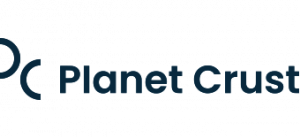Healthcare providers must deliver modern, digital services, but many are held back outdated legacy systems. Here’s how low code can help close the gap.
Electronic health records (EHR) and the exchange of digital information underpin the delivery and management of any modern health service. Yet despite recent advancements, especially in the wake of the coronavirus pandemic, many of today’s EHR systems are outdated, existing on legacy architecture that results in delays in – or even a lack of – the exchange of essential health information between services.
Addressing these issues has long proven extremely challenging and expensive, with projects frequently going over budget and taking much longer than anticipated. For example, in 2013, the UK’s National Health Service (NHS) abandoned patient record system was described as the biggest IT failure ever seen, ultimately wasting approximately £10 billion. The cause of the debacle was put down to the government’s inability to successfully manage large IT contracts.
Cases such as these are why the healthcare sector has been relatively slow to innovate over the past decade. However, a lack of innovation is not the answer to mitigating risk and enabling better patient outcomes. If EHR and other vital healthcare systems aren’t kept up to date, they will be unable to keep up with demands and expectations that set the standards for a modern healthcare service. After all, in healthcare, time isn’t just money – it can also be the difference between sickness and health.
While there are many potential barriers to innovation in healthcare, arguably one of the biggest is the shortage of specialized IT skills, which has also led to a significant increase in the costs of IT projects. This results in delays and inadequate technical solutions that fail to meet their goals.
Low code solutions aim to address the technical barriers by making development much more accessible, more affordable, and much faster. By reducing the engineering effort required, the low-code approach provides an easily scalable architecture that can integrate with numerous data sources, thus facilitating seamless transactions of EHRs and other healthcare data. An open-source solution goes even further by allowing healthcare organizations to preserve total control over how they govern and protect sensitive data like patient health information (PHI).
Read more
